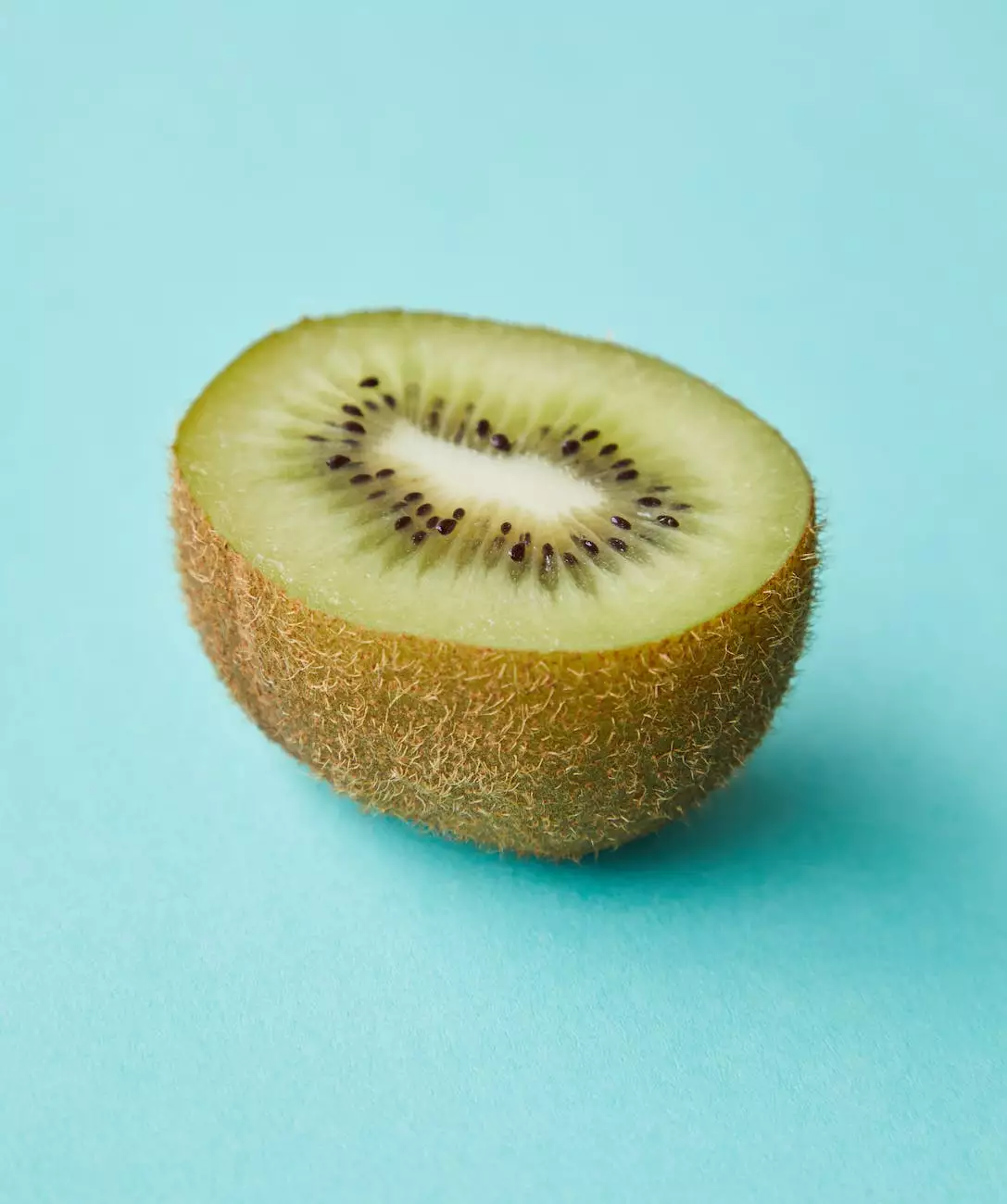What is Finasteride?

Welcome to the comprehensive guide on Finasteride, a medication known for its effectiveness in treating hair loss. In this article, we will explore the benefits, side effects, and mechanisms of action of Finasteride. As a leading expert in hair loss research, Smith, Arthur F, MD, aims to provide you with the most detailed and up-to-date information about this medication.
The Benefits of Finasteride for Hair Loss
If you are experiencing hair loss, Finasteride can be a game-changer. This medication, often sold under the brand name Propecia, is an FDA-approved treatment for male pattern baldness. Finasteride works by inhibiting the production of dihydrotestosterone (DHT), a hormone responsible for causing hair follicles to shrink and eventually stop producing hair.
By reducing DHT levels in the scalp, Finasteride allows hair follicles to regain their normal size and function, resulting in the potential regrowth of hair. Clinical studies have shown that Finasteride can significantly slow down hair loss and stimulate new hair growth in a majority of men who use it consistently.
Potential Side Effects of Finasteride
While Finasteride is generally well-tolerated, it is essential to be aware of potential side effects. The most common side effects include decreased libido, erectile dysfunction, and decreased ejaculate volume. It is important to note that these side effects are relatively uncommon and typically resolve upon discontinuation of the medication.
It's worth mentioning that some individuals may experience temporary shedding of hair during the first few months of Finasteride treatment. This shedding is a normal part of the hair growth cycle and can be followed by regrowth of thicker and healthier hair.
Mechanisms of Action
Finasteride belongs to a class of medications known as 5-alpha-reductase inhibitors. It works by inhibiting the enzyme 5-alpha-reductase, which converts testosterone to DHT. By reducing DHT levels in the scalp, Finasteride effectively protects hair follicles from miniaturization and promotes hair regrowth.
It is important to note that Finasteride's effects are only observed while taking the medication. If the usage is discontinued, DHT levels will gradually rise again, leading to the return of hair loss.
How to Use Finasteride
Finasteride comes in the form of oral tablets, typically taken once a day. It is important to follow your healthcare provider's instructions regarding dosage and duration of treatment. Results may take several months to become noticeable, so patience and consistency are key when using Finasteride.
It is vital to discuss any existing medical conditions or medications you are taking with your physician before starting Finasteride. They will be able to evaluate potential contraindications or interactions, ensuring your safety and the best possible outcomes.
Conclusion
In conclusion, Finasteride is an effective medication for treating hair loss, particularly in men with male pattern baldness. By reducing DHT levels, Finasteride promotes hair regrowth and helps prevent further hair loss. While side effects are possible, they are generally rare and reversible.
If you are experiencing hair loss and considering Finasteride as a treatment option, consult with Smith, Arthur F, MD, an expert in hair loss research. Dr. Smith and his team can provide personalized advice and guidance based on your individual needs and medical history. Regain your confidence in your hair with the help of Finasteride and the expertise of Smith, Arthur F, MD.




